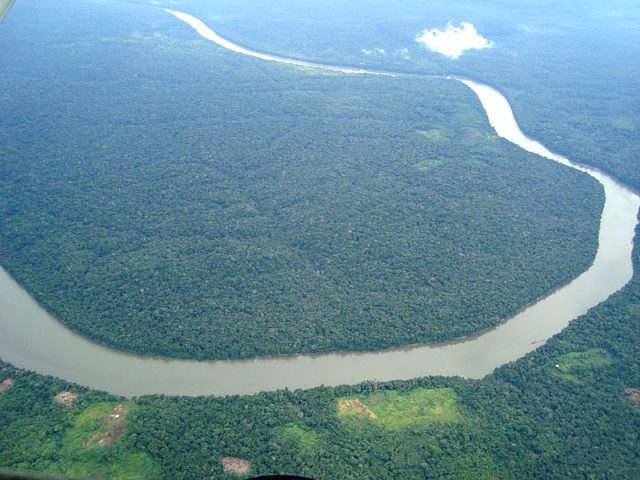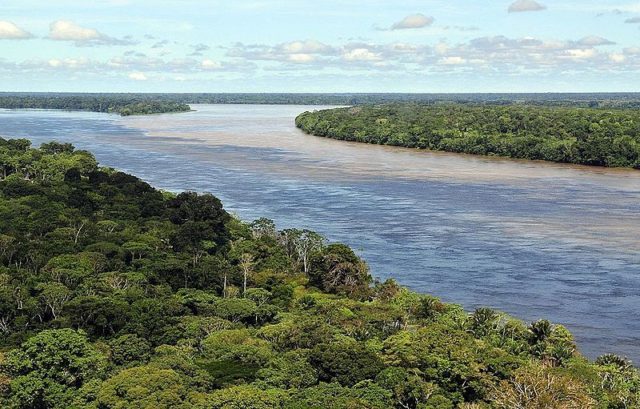Schoolbooks have always taught children that tropical rainforests were impenetrable jungles – inhospitable to human life and home only to birds, monkeys, and primitive native tribes, unchanged throughout time.
A new study of the Amazon rainforest shows ancient people who died out over 500 years ago may have changed the rainforest in remarkable ways. Chris Hunt, Professor of Cultural Palaeoecology at Liverpool’s John Moores University and the Naturalis Biodiversity Center in the Netherlands, conducted an examination of the plant life on over one thousand plots of just over two acres of land each, in a two and a half million square mile rainforest. Eighty-five species of vegetation demonstrated signs of domestication long before the first Europeans made their way to South America. Researchers discovered that many of these species, including tobacco, peppers, and sweet potatoes, were common in these areas. Many fruits and nut trees, such as pineapple trees, Brazil nut trees, and cacao trees, were also grown.

The locations of these domesticated trees were compared to evidence collected regarding ancient human movement, and the possibility of human cultivation is now being explored. Researchers are finding more evidence that the rain forest had a large human population settled in villages, and that food had been cultivated on a remarkable scale there for thousands of years. Questions regarding the extent that humans actually affected the growth of the tropical forests, however, remain.
The scientists found indications that plots closer to evidence of human activity had substantially more domesticated trees; plots that were further from habitation contained primarily native tree species. This suggests ancient humans manipulated the forest by giving special attention to preferred trees. Known archaeological sites hosted a large number of domesticated trees, possibly indicating a method of locating more undiscovered archaeological sites.
The south-westernmost edge of the Amazon basin shows the strongest link between domesticated trees and ancient hominid activity. It is the origin of many domesticated trees and has the oldest evidence of cultivated soils, dating to about 4,800 years ago.

Preserved log books of the first European voyages of discovery provided information that the local natives of tropical rain forests manipulated vegetation on a large scale; cultivation of a wide variety of plants in the Amazon goes back even further. A 2015 study shows people were domesticating plants in the area as long as eight thousand years ago.
About five hundred years ago the native farming population became subjected to epidemic diseases introduced by European explorers. This caused agricultural settlements and villages below the canopy of the tropical forest to be abandoned. The impact of this on the forest is largely unknown.
Research in the tropical forests of the world is dangerous, grueling, and costly. Consequentially, projects are small, and the amount of data collected is limited. In many ways, this latest study provides the strongest evidence of the scope of human influence on tropical forests.

Once analyzed, the recent data could help balance the desire to develop modern industry with the need to conserve these areas, all the while acknowledging the rights of native people and their ownership of the land. Conservationists may also benefit in discovering the best ways to manage these increasingly declining ecosystems. Many consider parts of the region cultural artifacts in themselves because they allow a study of generations of successful cultivation and forest management.
Read another story from us: New evidence shows Aborigines were the first farmers of the Amazon
People of the world should look at the tropical forests as they currently exist and identify the important role the indigenous populations took in influencing their growth. By studying what advancements they made, we may be able to determine the best way to manage the land in the future.
